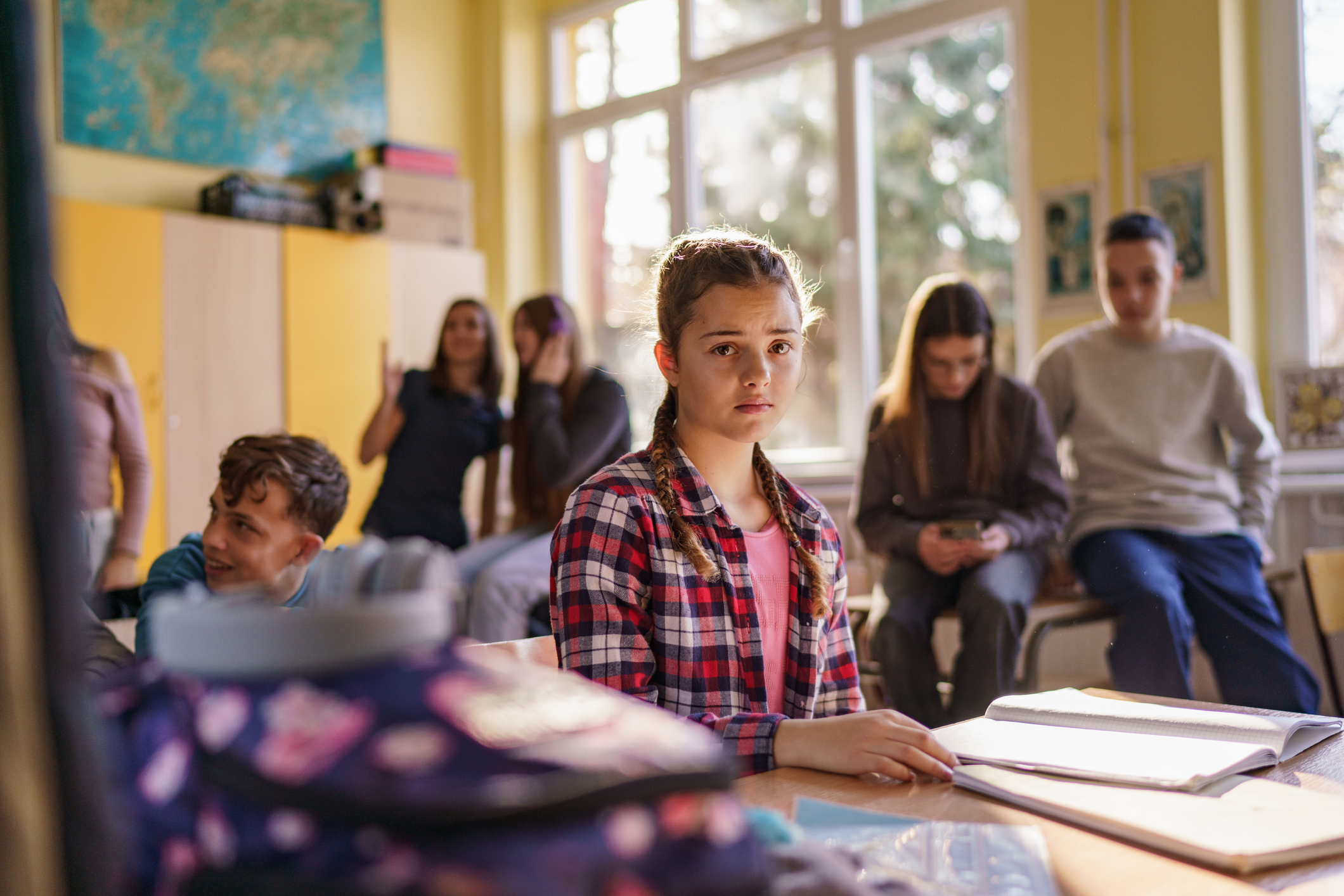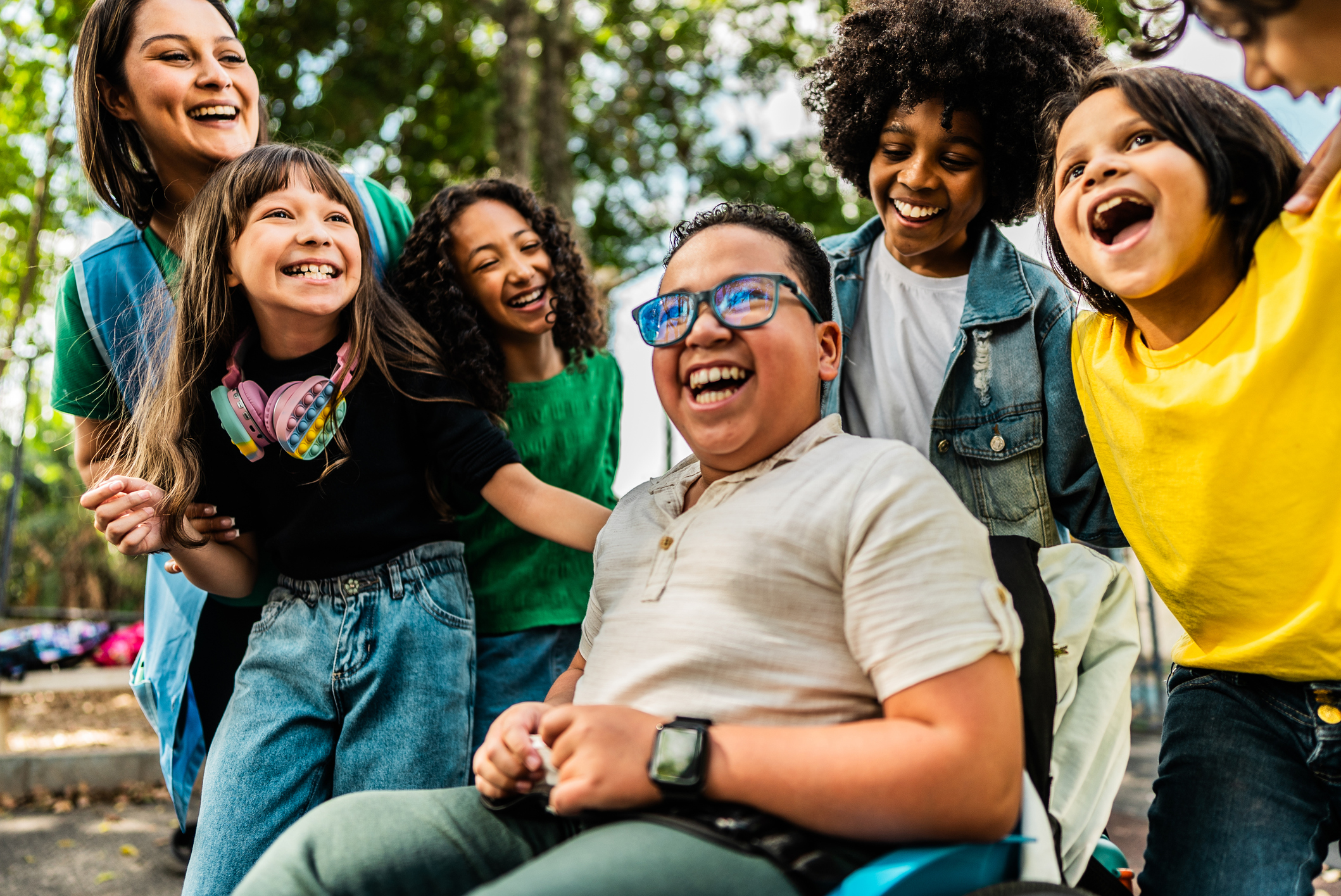Recently, I had an experience that left me feeling excluded. It wasn’t dramatic, I was hanging out with a bunch of people I seemed to have very little common ground with. Every time I tried to contribute to the conversation, I experienced a lack of acknowledgment. No reply, no follow-up questions, simply nothing. It really gave me the feeling that the others were ‘in’ but I was, somehow, ‘out’. Now, I’m not upset or looking to blame people but it made me realise how quickly our confidence can be affected simply by not feeling seen or heard and how our emotions are shaped by feeling included… or not.
Why inclusion matters in education
This experience highlighted the importance of inclusion and the fact that in our classrooms and training spaces inclusion should not be regarded as an ‘extra’. Instead, inclusion is central to learning because it deeply influences our sense of safety, our willingness to participate, share and contribute. Neuroscience shows that our brains are hard-wired to connect and respond positively to belonging and negatively to feeling excluded. If we as teachers and trainers want our learners, regardless of age, to flourish, we must ensure they feel safe enough to do so. In other words, they need to feel seen, heard and valued by others because when we feel connected to others we can start to feel safe.
This closely links with the notion of psychological safety (Edmondson, 1999) which shows that people only take risks, such as speaking up or experimenting with new language, when they believe they will not be judged or embarrassed. For language learners it is essential to experience this safety, because mistakes are a natural part of the learning process. Ryan & Deci’s (2000) Self-Determination Theory highlights that relatedness, feeling connected to others, is a basic psychological need and that without it, our motivation to take part suffers. Research on Social Emotional Learning (Hasper & Penton Herrera, 2024) also emphasises that supportive relationships are not separate from learning but are the foundation to making learning possible. Importantly, inclusion goes beyond this psychological dimension, as Goldstein (2025) highlights, and also refers to feeling physically, socially, and culturally included. Unless all these layers are addressed, teachers might ‘see’ the learner in the classrooms, yet they might still feel invisible.

So what does inclusion look like in practice?
When teachers and trainers address inclusion in all the above areas, learners may begin to feel not just present but genuinely part of the learning community. Below are some examples of what inclusion may look like for each area.
1-Psychological inclusion
• Building a safe space where mistakes are normalised as part of learning.
• Listening actively to learners’ contributions and acknowledging their effort.
• Encouraging can-do attitudes through praise that focuses on process, not just results.
2- Physical inclusion
• Ensuring that the learning environment is accessible, comfortable, and safe.
• Using visuals, scaffolds, and multimodal input so all learners can access the content.
• Providing clear signposting of activities and goals, so nobody feels lost.
3- Social inclusion
• Designing group activities that invite everyone to contribute, rather than letting confident students dominate.
• Mixing groups so learners interact with different peers and no one is always left out.
• Watching carefully for small acts of exclusion and gently addressing them.
4- Cultural inclusion
• Using materials and examples that reflect learners’ backgrounds and identities.
• Making space for learners to bring their languages, identity, cultures, and experiences into the classroom.
• Something as simple as pronouncing names correctly can show students they are valued and can create a sense of belonging.

Some practical strategies to foster inclusion
Many ways to ensure inclusion do not require extra materials or special resources, all they require is the teacher’s intention and a shift in focus: from teaching content to creating the conditions that make learners feel more included in the learning process. Here are some simple strategies to use in the classroom or training room:
• Start with check-ins. A quick “How are you arriving today?” or an emoji response to mood gives everyone a voice at the beginning.
• Use names deliberately. Call on quieter learners, affirm contributions, and ensure each student hears their name in a positive context.
• Think-Pair-Share before whole-class discussion. This ensures that every learner can say something and may feel confident enough to speak, even those less confident in front of a group.
• Create a ‘culture of mistakes’. Model mistakes yourself and show how they lead to learning.
• Acknowledge effort. Instead of only praising correct answers, highlight persistence, creativity, risk-taking and trying!
• Bring students’ world into the classroom. Use their real experiences, stories, and build on their cultural knowledge in tasks and activities.

Final thoughts
As I reflect on my recent experience, I also realise how easily inclusion could have been created through small actions. All it needs is a micro-interactions, or a simple question, or a brief acknowledgment or simply an open invitation to share ideas and it would have completely changed my experience. Instead, I left feeling totally disconnected and living in a bubble. Which made me wonder, how many times do our learners leave our classroom or training sessions feeling the same way? And how often do we as teachers underestimate the impact of those emotions on their willingness to learn, grow, and attend our lessons?
If you ask me, inclusion is not only about access or fairness, even though these are critical, it is also about creating the emotional and social conditions where learning can thrive. Inclusion is not just about who is in the room, it is about truly feeling part of the classroom community. Most often, this happens through many small, daily acts of care: asking a question, remembering a name, listening without judgment, or designing a task in which every learner can shine. This requires teachers and trainers to intentionally build in these acts of care and create a classroom culture where no learner feels invisible. So, what is one small action you can take to ensure all your learners feel safe, heard, and valued in your next lesson?
References
Edmondson, A. C. (1999). ‘Psychological safety and learning behavior in work teams’. Administrative Science Quarterly, 44: 2, 350–383. Thousand Oaks, California: Sage Publications, Inc.
Goldstein, B. (2025). 30 Ideas on Inclusion in ELT. CUP
Hasper, A. & Pénton Herrera, L.J. (2024). Activities for Social-emotional Learning: Developing social-emotional competences in the ELT Classroom.
Ryan, R. M., & Deci, E. L. (2000). Self-determination theory and the facilitation of intrinsic motivation, social development, and well-being. American Psychologist, 55, 68-78.




